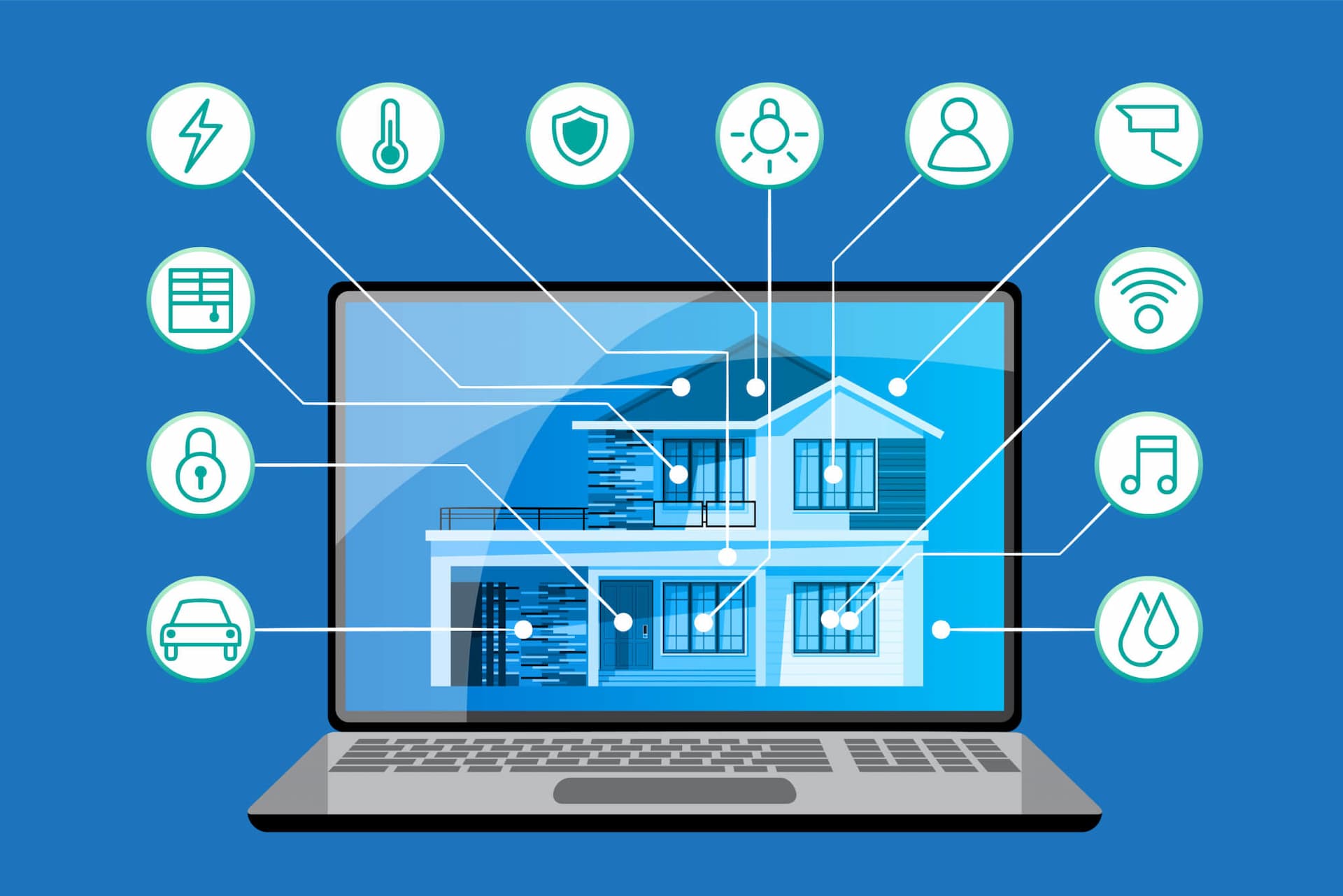
Saving Money and the Environment with Smart Home Energy Management
The ever-increasing cost of living has made us rethink energy management in home applications, especially when it comes to electrical energy.
Luckily, adding a smart home device can help with savings in terms of both energy and money, mostly by cutting down on utility bills and preventing or at least reducing unexpected property damage.
Cutting down on our energy use has a massive, positive impact on the environment; it reduces the demand for fossil fuels, thus lowering the carbon dioxide levels in the atmosphere, which is a major reason for climate change and environmental disasters.
So, in this article, we’ll discuss how Smart Home devices may help with energy management and saving both money and the environment. Let’s get started.
Smart Thermostats
Installing smart thermostats is perhaps the largest step when it comes to saving energy, as they allow you to control the heating in numerous ways. For example, most of them can be programmed to follow specific schedules and receive wireless commands.
These are fantastic options. The former can turn the heating up right before you get up, turn it down or completely off while you’re at work, and turn it back up before you come back so that your home is warm by the time you return.
Additionally, you can make further adjustments regardless of where you are—most of these devices come with wi-fi capabilities, so you can control them wirelessly. And lastly, these also monitor energy consumption, which can help you make smarter decisions about how and when to adjust the temperature in your home.
Smart Lighting
If you want to save money on your electrical bill, LED lights are also a great way to start. For all intents and purposes, they fit into a regular E26 socket and operate just like regular light bulbs. They’re great, as they use 90% less energy compared to traditional incandescent bulbs.
Another convenience when it comes to smart lighting is that you can control the light via your smartphone, so you don’t have to worry about dark hallways in your home. Additionally, you can use Google Assistant or Alexa and turn the lights off if you forget them while rushing off to work.
Smart Plugs
Have you ever heard of “phantom” energy? Also known as “standby power,” phantom energy is a minuscule amount of electrical energy your consumer electronics consume while being in standby mode. Admittedly, the amount of energy consumed is nearly negligible—but not so much when accumulated over time.
That’s where smart plugs come in; simply plug in an energy guzzler, such as a plasma TV, flatiron, space heater, etc., and program it to cut the power when the device isn’t in use. Just like the aforementioned Smart Thermostats or Lighting, these devices can also be programmed to run on a schedule.
Solar Panels
Solar panels are a pricey long-term investment which which converts the sun’s energy into electricity you can use to power your home. Of course, powering your entire home via solar panels requires a massive financial investment, which isn’t really viable for many homeowners.
However, it just happens that solar panels reach their highest energy output when the air conditioning systems reach their highest energy consumption—during hot summer days. By simply powering your air conditioning system with renewable energy, you can significantly cut down on your electricity consumption and demand charges, resulting in a lower electricity bill.
It’s worth noting that cloudy days reduce the panels’ output, which means that peak demand savings also depend on luck. But, you can add a PV battery system to your solar panel installation and achieve demand savings more reliably since the stored energy can be used anytime.
Smart Meters
Smart meters are self-reading gas and electricity meters, which show how much energy you’re using in both quantifiable metrics and monetary value—making it easy to keep an eye on how much you’re actually spending. You can pre-set the budget and see if you’re on the right energy consumption/conservation schedule on a daily basis.
It can help you change some of your habits in regard to energy consumption and establish control when it comes to spending. For example, understanding where your energy goes will encourage you to consider your carbon footprint and how to live more sustainably.
Conclusion
Can Smart Home implementations help save money and improve the environment? Yes, if used conscientiously. All the aforementioned options are a great way to start thinking about renewable energy sources, energy conservation, and adapting your lifestyle to a greener approach.